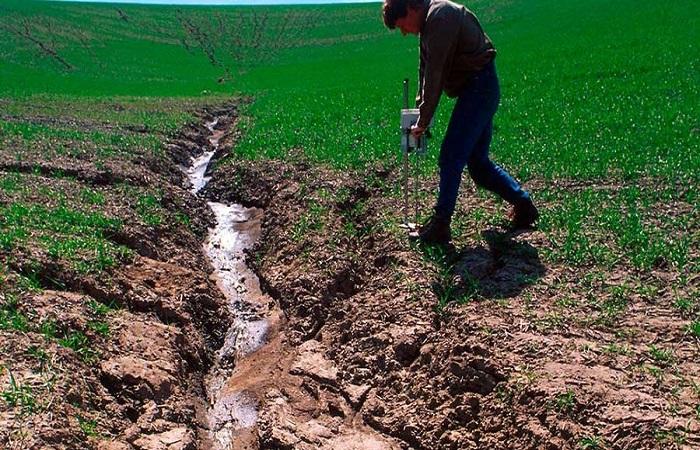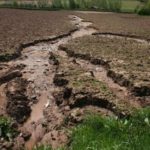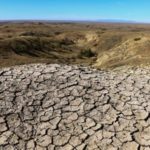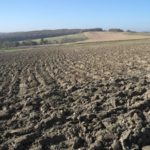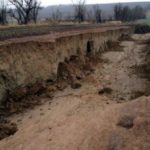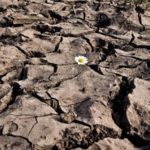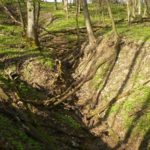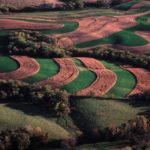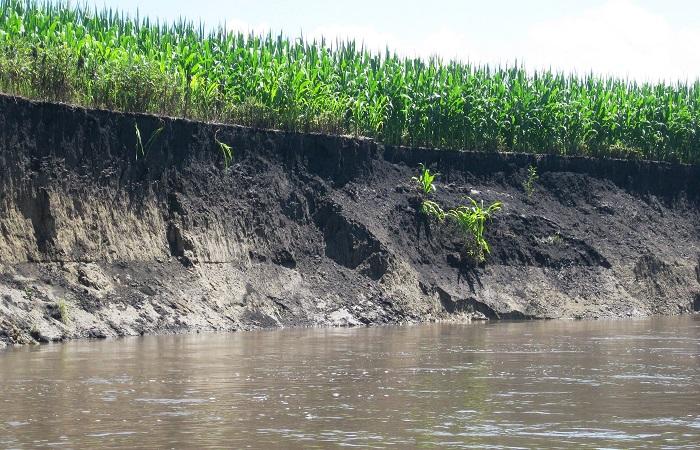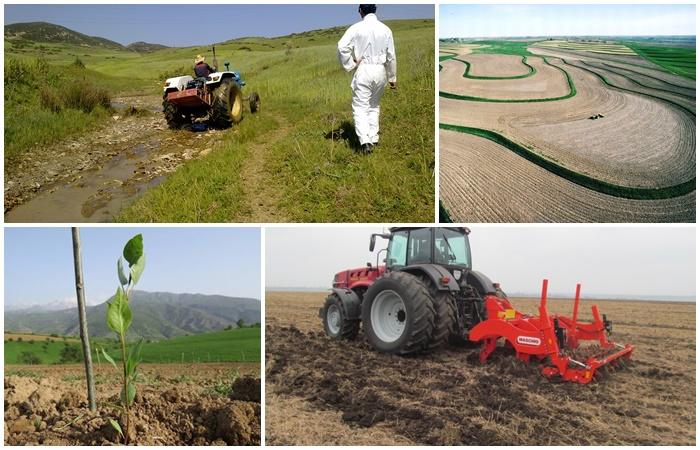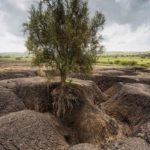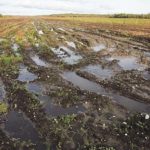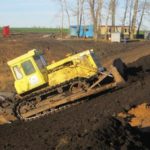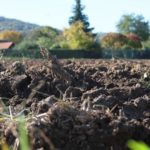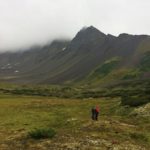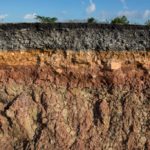Soil erosion can be a pressing issue for many land owners. The destruction of soil under the influence of erosive forces can be catastrophic. Let's consider what erosion is, its types, what harm it causes and what the consequences may be. Which climatic zones are most susceptible to soil erosion, what methods exist to combat this phenomenon.
What is soil erosion
Erosion is the gradual destruction of soil by water, wind, or both. These factors provoke the detachment and removal of the surface layer of soil, its deposition in another place and the formation of gullies, ravines and even river valleys.
The rate of erosion is defined as normal and accelerated. Erosion proceeds at a normal speed, if there is water flow, destruction processes proceed more slowly than soil formation, and no significant changes in the relief are observed. With accelerated erosion, destruction processes outpace soil formation processes, resulting in soil degradation and a strong change in the previous topography.
Erosion occurs for natural reasons and can also be caused by human activity. Soil destruction occurs everywhere on the planet, but most often in conditions of excessive moisture, when the volume of atmospheric precipitation exceeds the amount of evaporating water.
Types of erosion
They are divided depending on the factor that causes soil degradation; they can be wind and water.
Exposure to wind
The wind causes partial or complete destruction of the arable horizon. Wind erosion is divided into daily erosion, when fertile particles are gradually blown out from the upper horizon and move, exposing plant roots; and short-term, when dust storms occur during strong winds and hurricanes.
Wind of any strength has a constant destructive effect on loose soil, especially in arid areas. Usually often in the spring, when the wind force exceeds 15 m per second, on loosened soil without crops.
Wind erosion develops in 4 stages: blowing, soil movement, accumulation and stabilization, which always replace each other.It develops regardless of the relief; its appearance is facilitated by a weak soil structure, light mechanical composition (mostly sandy), and sparse vegetation cover.
Deflation of rocks
The causes of soil destruction are the wind blowing away soil aggregates and particles from the surface, transporting them to different distances and subsequent deposition.
Wind corrosion
It manifests itself in the effect of wind on rocks, often changes the topography of semi-desert and desert areas, and affects agricultural lands. Causes dusting, desertification, and degradation of soils used in farming.
Exposure to water
Stormwater and meltwater create temporary strong flows that cause erosion. In addition to natural factors, the soil is affected by improper economic use of land. The structure of the soil is destroyed by tillage equipment, which is caused by the destruction of forests and vegetation that strengthens it with roots, excessive grazing of livestock, and moldboard cultivation of the soil.
Drip erosion
This is the name given to the destruction of soil by raindrops, which forcefully hit lumps of soil and scatter them to the sides. Particularly severe destruction is observed on slopes, where the earth moves down long distances. Causes significant damage in humid subtropics and tropics.
Planar erosion
There is also a type of process in which a uniform washout of the surface layer from the slopes occurs under the influence of small streams, which gradually leads to leveling of the area.
Linear erosion
This type of erosion process leads to the division of the flat surface of the earth and the subsequent formation of gullies, gullies and river valleys, which are formed under the influence of constant water flows.
Irrigation erosion
Caused by improper irrigation, when the regime and norms of watering are violated, especially in areas with a slope. Usually occurs on arable lands, observed in pastures with sandy and sandy loam soils.
Other types
Among the classification of types of erosion, anthropogenic can be distinguished. Caused by human activity, the causes are: soil pollution, mechanical destruction, destruction of forests and steppe vegetation, plowing of large areas, improper cultivation. And also the absence of tree strips protecting from the wind, exposure of the soil during construction or during mining.
Due to the destruction of the surface layer of soil, a significant part of the humus is lost, which leads to loss of fertility, reduced plant productivity and huge losses for agricultural enterprises.
Main harm and consequences
Erosion is dangerous because it deteriorates the soil's fertility, agrophysical and chemical properties, and reduces bioactivity. The destruction process leads to a steady decrease in yield and deterioration in product quality. The loss of fertile soils from destructive effects every year can amount to billions of tons. During dust storms, a 10-centimeter layer of humus horizon can be blown away, which takes more than a century to create.
Climatic zones most susceptible to soil erosion
Water erosion mainly affects lands located in the forest-steppe and steppe zones. In Russia, this is the territory of the Central Black Earth region, the North Caucasus and the Volga region. In the Non-Black Earth Region, the risk of destruction occurs on agricultural lands located on slopes.
The soils of Canada, Australia, China, the USA and India are also susceptible to erosion processes, as are those of many European, Asian and African countries.
Measures to combat soil erosion
Measures to protect soils from wind and water include agrotechnical, hydraulic, and reclamation methods. Wind erosion in open spaces can be prevented by artificially planting protective strips of 1 or several rows of trees. They are placed at an angle to the direction in which the prevailing winds blow. The effectiveness of trees in providing wind protection depends on the height and density of the plants.
Dense vegetation cover, consisting of steppe plants with powerful branched roots, also helps to significantly reduce the effect of erosion and protect the soil. Sowing perennial grasses in the fields is also one of the ways to solve the problem. Fields with vegetable crops are temporarily protected from the wind, and grains are also sown nearby. Other measures are also being taken - alternating fields with vegetable crops with fields sown with soil protective crops. Planting vegetation is the most effective thing that can be done today to prevent soil degradation. Plants hold the soil in place and strengthen it without any additional intervention.
A good effect in preserving land is obtained from flat-cut cultivation of fields and slopes, the use of hydraulic structures, growing plants on terraces, and mulching the soil. In areas where signs of destruction are already clearly expressed, control methods are used comprehensively.

